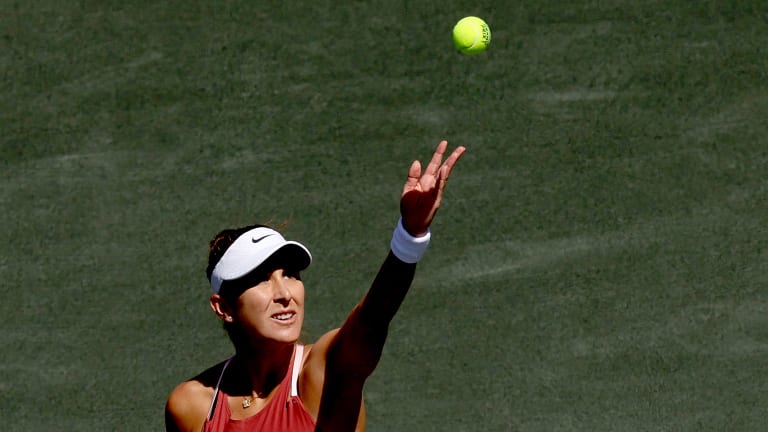THE RULE
Several Rules of Tennis concerning serving are designed to level the playing conditions: players and teams alternate serves, and doubles partners must take turns as servers (Rule 14), and as receivers (Rule 15). Ends are switched on a regular basis, per Rule 10, which states that “The players shall change ends at the end of the first, third and every subsequent odd game of each set. The players shall also change ends at the end of each set unless the total number of games in that set is even, in which case the players change ends at the end of the first game of the next set. During a tiebreak game, players shall change ends after every six points.”
THE RULEBREAKER
Chad Twedt is a 4.0 player and the events coordinator at his tennis club in Reno, Nev. He hates serving into the sun. Chad is concerned he’ll suffer permanent eye damage by being forced into looking “almost directly at an ongoing nuclear explosion in the sky with nothing more than illusory protection of our dumb little sunglasses and hat.”
His solution? He would add this onto Rule 10: “If both players agree before a match is played, players may opt to change ends after every game in order to avoid serving into the sun.”
